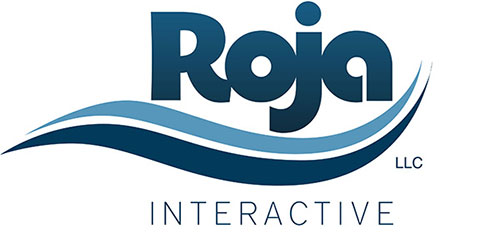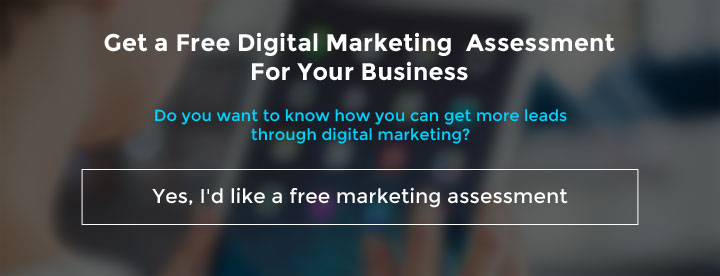How Does My Website Design Impact User Experience?
Hopefully, you already know that you need a beautifully designed website in order to appear professional within your target market and attract new customers or clients.
Your website’s design is going to be one of the first things that your customers notice when they arrive on your site.
The first impression of a website is just as important as a first impression in person. Nobody is going to overlook a poorly designed website and jump into reading the content.
Your website should look professional, clean, and welcoming, without distracting elements like harsh colors or blinking widgets.
Anything that looks amateurish or half-done will make your business look amateurish and half-done.
Let’s take a look at six different areas of design that can help you ensure your website is following web design best practices and optimized for engaging users and capturing leads.
Placement of Copy
Just having content on your webpage isn’t enough to get it noticed. It has to be in the right format and in the right place.
Similar to the front page of a newspaper, the information that’s above the fold (or, in the case of a website, without having to scroll) is going to get the most attention.
This is what users can see immediately when arriving on your website, without any work or action on their part. The vast, vast majority of information should be above the fold, as that’s where users are going to spend most of their time.
What does that mean for the placement of your content?
If you have important content – content which contains answers that you know your site visitors are going to be looking for – it needs to be “above the scroll.”
And so, it’s best to place the most important information and/or your main call to action (such as opt-in and call to action messages or forms) at the top, preferably unencumbered by other content.
You can still put great content at the bottom of the page, as some people will examine the entire site before taking any action, but the best and most action-provoking content should be on top.
Up the Contrast
You also want the most important aspects of your page to be easy to see.
If “subscribe” or “sign up” or “call now” buttons fade into the background of your webpage, they are difficult to see and therefore difficult to respond to.
Use contrasting colors to create interest and to focus the eye where you want it to go. Differences in color draw the eye.
For example, if the background of your page is gray, and your “contact us” button is yellow, that button is going to be very easy for the eye to find.
It’s important to mention that not all of the buttons and links should be in a contrasting color.
This will clutter up your page design, overwhelm your visitors, and potentially create something that is essentially unreadable. Use contrast only for the most important messages, links and/or buttons.
Also, while you want your colors to contrast, you do not want them to clash.
For example, a bright purple background with lemon-yellow buttons could make the entire webpage an eyesore. It’s best to use colors that complement each other for an overall pleasing and professional-looking website design.
Size
When it comes to sizing your content, buttons, and headers, it can be difficult to know what sizes are best for what area of your webpage.
Again, a good rule of thumb is to make the most important information the largest.
This doesn’t mean that you should put all of your content in a large, aggressive font. It simply means that the pictures, videos, and titles that you want your readers to focus on should be larger than most of the other fonts on your webpage.
As an additional note: especially when it comes to text sizes, the difference between two sizes of text should be quickly and easily distinguishable. It may also be useful to use different weights of text in order to emphasize important points in your content—just don’t overuse bold or italics.
Use of White Space
Filling up every ounce of space on your webpage may seem like a good way to cram it full of all the important information you want to convey, but not leaving enough white space on the page can actually be detrimental to your goals.
If there is too much to focus on, too much to look at, everything will distract from everything else.
Of course, some pages demand a busier layout, with more elements.
These pages should still have a foundation of structure that gives the page clean lines and plenty of open space, so that the eye can focus on a single element without being distracted by the others.
In a sense, you want to give your content or page elements room to breathe.
Extra Tips
What’s most important on your website?
If you are having trouble figuring this out, keep this in mind: the elements that should get the most attention in your design are the headlines, content that shows how your service benefits users, and your calls to action.
In addition, consider removing some of the more common, but also most distracting elements of your webpages.
A sidebar may seem like a great place to insert more information, but it can also be a huge distraction from the really important content.
Color your headlines and calls to action. Red and orange are some of the best colors for conversions, but if it clashes with your other colors, go for something more subtle.
Ulitmately, a strong design will give more weight to your content.
For more information about great design and where to find it, contact our Philadelphia web design company today!






Leave a Reply